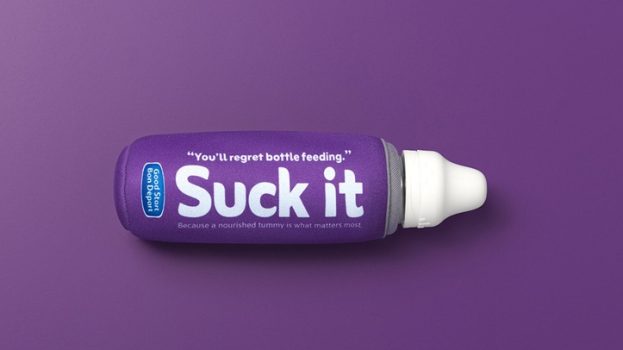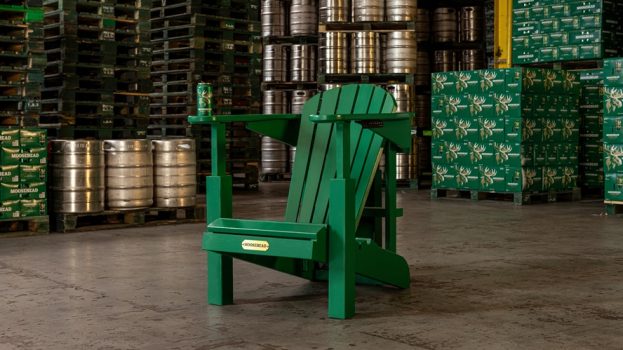Lori Joyce has ridden a self-described “roller coaster” with her ice cream brand, Betterwith, including a major messaging pivot.
The B.C.-based entrepreneur launched the ice cream brand in 2016 after shopping for the frozen treat for her kids.
“As a mom and a customer, I was really shocked and annoyed,” Joyce reveals. “I felt betrayed as a customer, because I felt things were incredibly misleading,” she says, telling strategy she had assumed ice cream was ice cream and not frozen dessert.
That simple discovery prompted Joyce to launch her own ice cream brand, Betterwith, a brand that touts itself as an Old World product, made from simple ingredients including high-fat cream. Recent messaging has focused heavily on sugar – the brand claims it has a lower sugar content than its competitors in the premium ice cream space. But that hasn’t always been the case.
“When we first launched, I was so proud of my biggest differentiator: we were the first ice cream product made with traceable dairy,” explains Joyce, who was raised as a farmer. She also took the importance of traceability for granted, pushing the message heavily and directly on its packaging.
What Joyce learned over time was that traceability presented a customer education problem especially as a brand with limited marketing dollars, and that awareness around the concept just wasn’t there, especially for time-strapped shoppers in the frozen aisle.
“In frozen, there’s so many things that come between your product and the customer,” Joyce says. “It’s a cooler temperature, so it’s not an aisle people hang out in. And there’s so much condensation and glass that really impedes visibility.”
According to Joyce, despite the amazing packaging design, its USP was lost on consumers.
In fact, in some cases, Joyce even received emails asking why her brand was tracing its customers!
She then enlisted the help of brand-building consultant James Richardson and the first thing he suggested was a pivot away from the traceability messaging to the current position, honing in on sugar. “It’s not at all how or why I made the product, but making everything from scratch, you don’t use a lot of sugar. You don’t need it if you’re using whole, real, fresh ingredients,” Joyce explains.
The change was an important lesson for Joyce, who hadn’t worked in the CPG space prior to Betterwith. “I had to change the messaging and promote a product for a customer I didn’t previously care about,” she explains. “I was going from being so passionate about traceability to having the message focused on sugar. But at the end of the day, when you’re making a product for the public, it has to be what the customer wants and is right for the market at the time.”
Even with the new packaging, Betterwith was in for a tough slog as in the category, people are reluctant to switch from their preferred comfort brand.
But then the pandemic hit and everything changed.
 As Joyce explains, the ice cream category surged with everyone in isolation and it didn’t matter what it said on the package, as long as it said ‘ice cream.’ “Betterwith was getting picked up because it was the only ice cream left on the shelf,” she says.
As Joyce explains, the ice cream category surged with everyone in isolation and it didn’t matter what it said on the package, as long as it said ‘ice cream.’ “Betterwith was getting picked up because it was the only ice cream left on the shelf,” she says.
Now that the brand has a solid consumer base Joyce is building upon that strength through PR, eschewing her former approach of in-store demonstrations for something with a broader reach. And the messaging is all focused on sugar content.
“We did our research and found it that per serving, we were the only premium ice cream brand in the country with a sugar per serving in the teens,” she says. “That’s a huge advantage for us. We saw it, studied it, did our research and now, we’re playing into that and it’s working really well.”

























